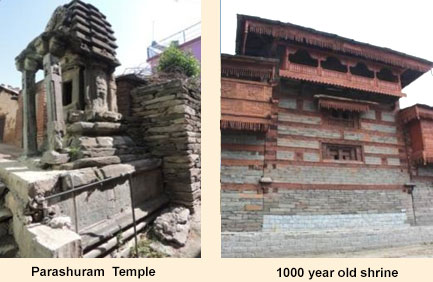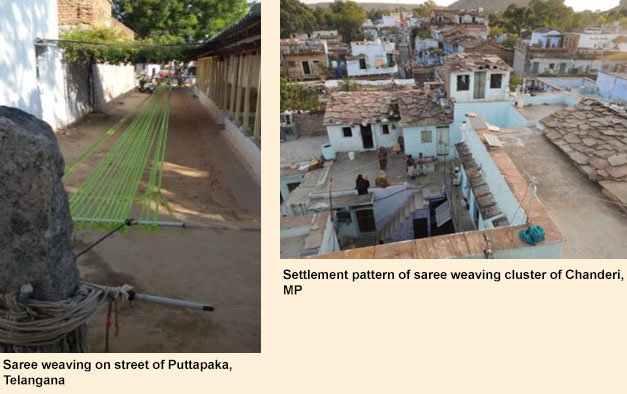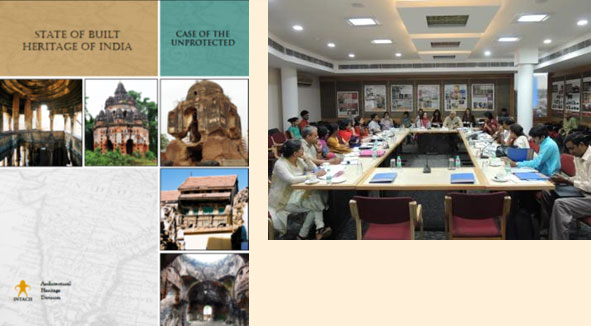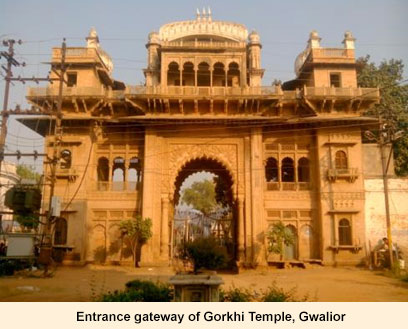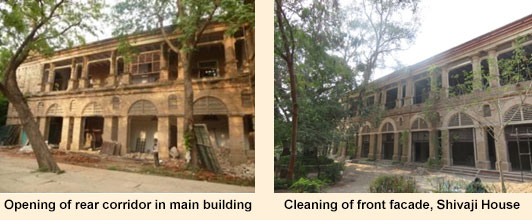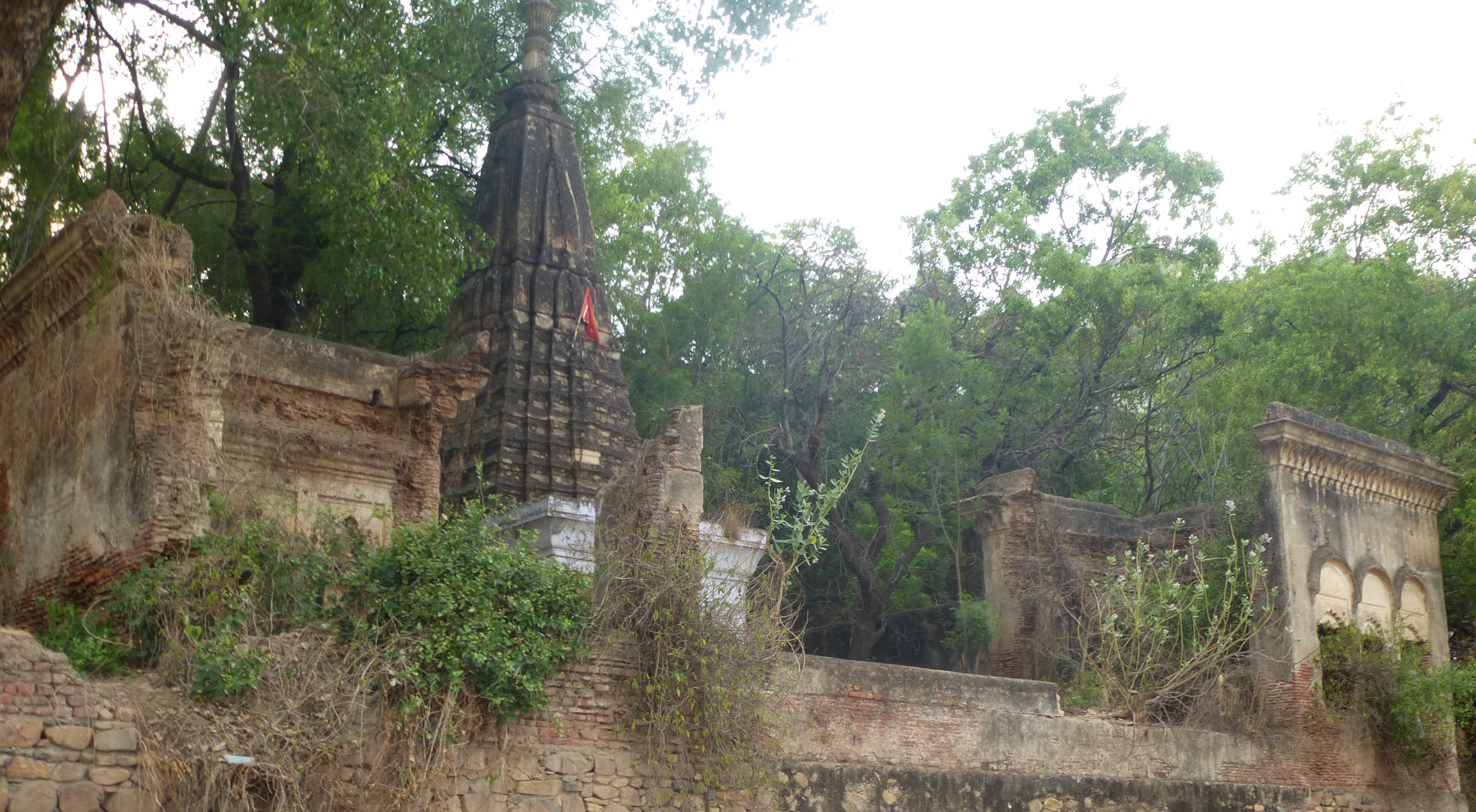Sustainable Tourism Development Plan, Nirmand, H.P.(Preliminary)
Nirmand is a small village located in the Kullu district of Himachal Pradesh at an altitude of 1450m above sea level in the Sutlej valley. Nirmand has also been referred to as ‘Harappan survivor’ by many historians. Given the significance and potential of the village, A.H took an initiative to prepare an integrated and holistic sustainable development plan for Nirmand before it is threatened by development pressure as already witnessed in the peripheral area. It is also proposed to revive traditional arts and crafts like wood carving, stone carving etc which are almost extinct.
